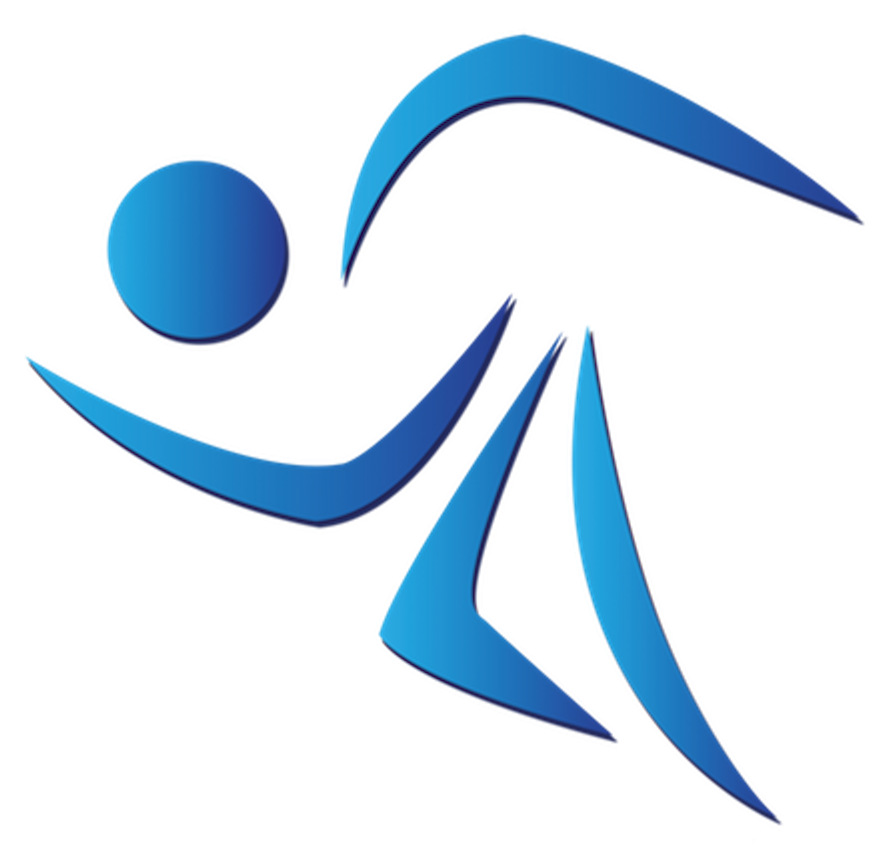Neuromuscular Training
Strength coaches are continuously trying to find and control the variables that can positively affect the programs that they create. We change set/rep schemes, tempo, center of gravity and much more. There are other factors that we sometimes can over look: purpose. On the physiological side, we look to mimic the movements of that sport. The more sport specific you can get in your programing the higher the likelihood that your gains will be translated on the playing field. What about the mental components of the program? What are your athletes thinking about during there big lifts? Is it possible that the things we think about during our work out can effect the muscle activation during a specific movement?
By training our neuromuscular pathways it is shown that we can fine-tune our muscle recruitment and activation. This helps us as strength and conditioning coaches to bridge the gap between field play and weekly strength and conditioning sessions.
One technique that I use with a lot of my athletes is visualization. During a big lift (Bench, Squat, Dead Lift, etc.) have your athlete go through the movement with little to no weight but mentally visualize a load that for them might seem completely out of range. Cue them on proper technique and have them go through a smooth range of motion. I have found that squeezing the grip on the bar helps to increase the stability of the movement and also increase the level of visualization in the athlete. You can try playing with different variables like breathing, power or approach, some athletes will respond differently to each element. Repeat this for a set of 10 then immediately go into your lift with weight. What we are doing here is trying to trick the brain. If we can mentally convince the brain into believing that it needs to recruit more fibers in order to complete the movement, when you pick up the weight you can experience a larger recruitment rate and a cleaner lift with more control.
This also goes hand and hand with sports visualization. If you look at a movement like the hang/power clean for wrestlers visualization is key. Just like in the sport of wrestling, timing and switching muscle groups on and off is the key to success. By having our athletes visualize a similar technique used in wrestling like a lift into an Olympic throw we can simulate this muscular timing technique in our clean. On the flip side, if our athletes or focused on what they have planned after the session, girl/boy friends or even they’re next meal, the movement tends to fall apart.
By demanding not only the physical but the mental focus of our athletes, we can begin to bridge the gap between training and sport. Give it a try.
